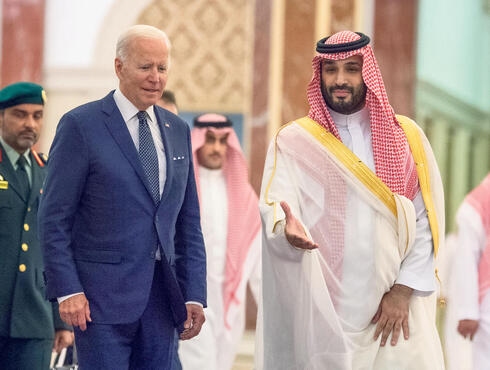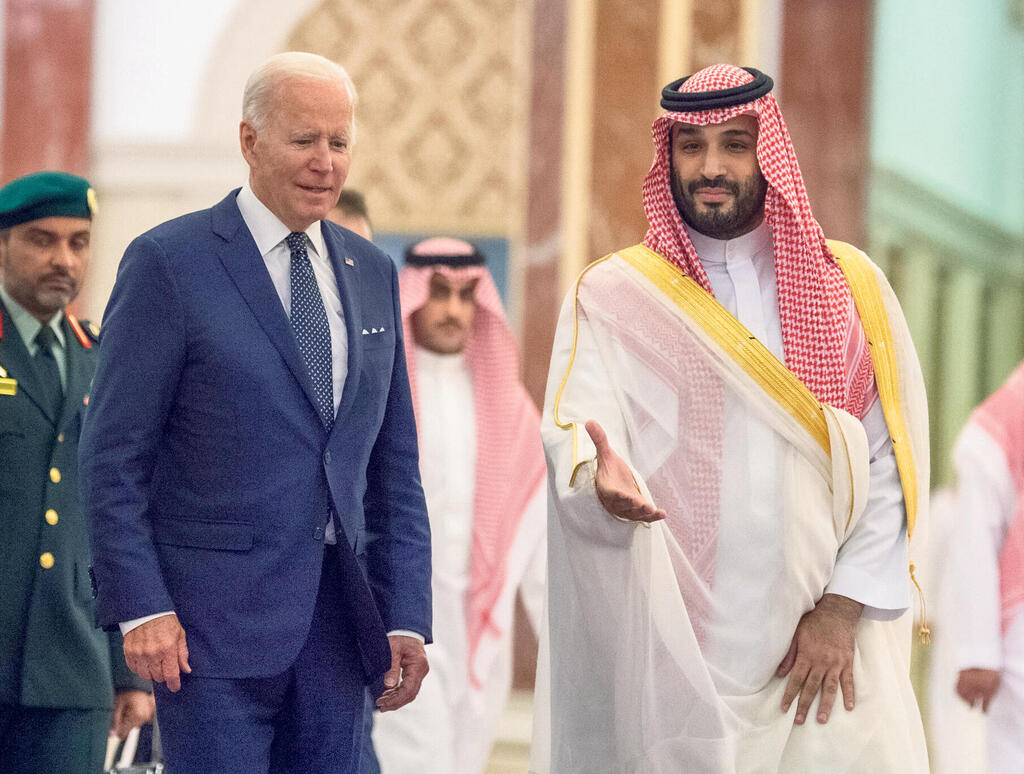
Analysis
Market concerns rise as Saudi Arabia and Russia extend oil Production cuts
The markets expected that the two leaders of OPEC+, which is responsible for supplying 40% of the world's oil supply, would announce the continuation of the cuts until October. The move to confirm these cuts until the end of the year created concerns in the markets, pushing prices up
For the first time this year, the price of a barrel of oil crossed $90 earlier this week. This came after Tuesday's announcement by Saudi Arabia and Russia to cut a collective 1.3 million barrels of oil per day. They also added an implicit threat that the cut may be even greater, depending on monthly market conditions.
The markets expected that the two leaders of OPEC+, which is responsible for supplying 40% of the world's oil supply, would announce the continuation of the cuts until October. The move to confirm these cuts until the end of the year created concerns in the markets, pushing prices up.
The latest cuts announced by OPEC+ in October 2022 and April 2023 failed to restore prices as the producers expected. The price of a barrel in May and June dipped below $80. Since the announcement of the voluntary cuts by Saudi Arabia and Russia, the price has gradually risen to around $90.
Currently, there are various opposing factors affecting oil prices. It is difficult to assess the expected trend due in part to the contradictory data coming from the Chinese market. The Chinese market's recovery should increase the demand for oil. This is why the investment bank Goldman Sachs has presented several scenarios for changes in oil prices until the end of the year, with one of them predicting a price of around $100 per barrel.
A serious blow to Aramco
The announcement of the continuation of the cut is a necessary step for Saudi Arabia. High expenses as part of economic diversification efforts, combined with lower revenues from oil exports this year, have led to an increase in the kingdom's budget deficit. According to the latest official data published in Riyadh, the Saudi government's deficit jumped by 80% in the second quarter of the year to $1.4 billion, with a total deficit of $2.2 billion in the first half. According to the data of the Saudi Ministry of Finance, revenues from oil in the second quarter fell by 28% compared to the same period last year. Saudi Arabia's oil revenues in the second quarter amounted to approximately $60 billion compared to approximately $90 billion in the second quarter of 2022.
Accordingly, oil revenues in the first half of 2023 amounted to $126 billion compared to $168 billion in the corresponding half of last year, a 25% decrease. In June of this year, Saudi Arabia's oil revenues fell by about 38% to their lowest level since September 2021, a sum of $19.1 billion.
The decline in oil revenues is reflected in the results of the "jewel in the crown" of the Saudi economy, the oil giant Aramco. Last month, the national oil company announced a net profit of $30.08 billion in the second quarter of 2023, a drop of 38% compared to the same period last year. According to the company, the decrease was mainly caused by the weakening of crude oil prices.
Senior officials in Saudi Arabia expressed confidence even before the latest cut announcement that the kingdom would record a budget surplus this year. However, other sources did not support this assumption. The International Monetary Fund (IMF) stated in May that Saudi Arabia needs a price of $80.90 per barrel just to balance its budget. Due to the drop in oil revenues, the Saudi economy is expected to slow down significantly this year compared to an impressive 8.7% growth recorded last year, when the Saudi GDP crossed the trillion-dollar mark for the first time. The slowdown is largely caused by the cuts announced by Saudi Arabia in oil output and the time it takes for the markets to "internalize" the Saudi move.
Despite the huge investment and efforts that Saudi Arabia is making as part of Vision 2030 to diversify the economy's income beyond oil, it is still in the middle of the process. Therefore, most of its income is still based on oil, with about 80% of the export income coming from this sector.
It should also be remembered that the Saudi development plans, with an emphasis on the mega-projects promoted by Saudi Crown Prince Mohammed bin Salman, such as the future city of Neom, are based on loans. According to international sources familiar with the matter, Saudi Arabia has so far taken loans amounting to tens of billions of dollars to finance these massive projects. With the rise in interest rates in the global market, the burden of repayments is climbing, which raises questions about its ability to meet payments in the future if current market conditions continue. Although a high oil price will inevitably lead to high-interest rates, the Saudis are interested in maximizing their oil revenue potential at this stage.
Alliance between Washington and Tehran
The Saudi move and the continued cooperation with Russia in the oil market should cause concern in the American administration. However, despite this, the reaction of the National Security Adviser at the White House, Jake Sullivan, was moderate. Relations between Saudi Arabia and the Biden administration are complex. Although it seems that the American president and the Saudi crown prince are opposed to each other, the two countries have been conducting a strategic dialogue in recent months with the aim of bringing about a comprehensive military-nuclear-commercial agreement. One of its components is supposed to be a normalization agreement with Israel.
The rise in oil prices, if it continues, does not serve Biden's political interests. The President of the United States will soon enter a new election cycle and wishes to do so without increasing the price of gasoline for the American consumer and without the mention of inflation. Last week it was announced that the inflation rate in the U.S. is 4.2%, in line with early forecasts, which created the feeling in the markets that the Fed will keep interest rates unchanged in September. However, it is now unclear whether this forecast will come true.
Paradoxically, the tensions between Washington and Riyadh create an alliance between Washington and Tehran. In August, Iranian oil exports reached 1.85 million barrels per day, while on certain days the figure even stood at 2 million barrels. This is a record level since the United States abandoned the nuclear agreement. According to market sources, despite the sanctions, the United States turns a blind eye to Iranian activity in the oil market, so that it offsets the cuts of Saudi Arabia and Russia.
Doron Peskin is an analyst of Middle Eastern economies and the head of Concord MENA, a company specializing in public sentiment analysis of Arab countries.
First published: 16:02, 08.09.23















